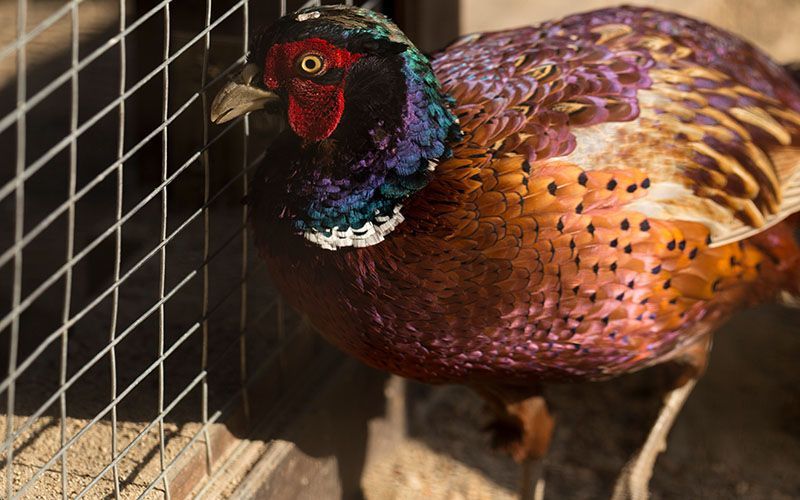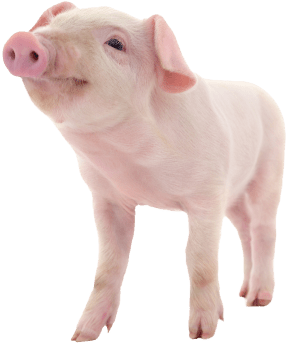
Basic Guide to Game Bird Production
|
|
Time to read 2 min
 You are being redirected to QC Supply Pharmacy, where you’ll find a wide selection of high-quality prescription and pharmaceutical products for animals of all sizes.
Enjoy the same great service and expertise you trust from QC Supply.
Click below to continue shopping.
Continue
No thanks, stay on the main site
Powered by
You are being redirected to QC Supply Pharmacy, where you’ll find a wide selection of high-quality prescription and pharmaceutical products for animals of all sizes.
Enjoy the same great service and expertise you trust from QC Supply.
Click below to continue shopping.
Continue
No thanks, stay on the main site
Powered by


|
|
Time to read 2 min
When you think about people who raise birds, either commercially or in their backyards, you traditionally think of chickens. However, there is a market and industry for game birds like ducks, quail, pheasants, partridges, and more. The term game bird refers to any species of bird that can be used for hunting; however, we will only be discussing those species which are captive, and reared for release.
The industry grew out of a need to improve the declining wild populations of these birds, reducing the opportunities for successful harvesting of wild game on rural lands. Many factors caused this decline, including changing agricultural practices that caused a lack of habitat and cover for native species. Game bird production is used to supplement wild populations while hunting preserves increase opportunities to harvest game birds successfully.
Game birds are divided into two main groups - Upland Game Birds and Waterfowl.
Also known as the ring-neck pheasant, this bird was brought to North America as early as the 1700s.
Species include: Chukar Partridge (Alectoris chukar, pictured), Red-Legged Partridge (Alectoris rufa) & Grey/Hungarian Partridge (Perdix perdix)
These birds are native to the USA, Mexico & the Caribbean.
The game bird industry consists of two primary sections: production farms and hunting preserves. Game birds are produced in almost every state in the US, however, certain locations produce more of certain species of game birds. Most Bobwhite Quail are grown in Georgia, North Carolina, South Carolina, Alabama, and Mississippi. Top pheasant-producing states include Minnesota, Kansas, North Dakota, Pennsylvania, South Dakota, and Wisconsin. Mallard ducks are produced primarily along the United States coastal areas, with large releases found in the mid-Atlantic and southern states.
Most game birds are grown for eventual release onto regulated hunting preserves. Some are released onto public lands, while a few are sold to restaurants, food retail outlets, and live bird markets.
Commercial Full-Time Production Operations
Most produce 20,000-300,000 birds annually, with a few having even more
These operations are few
Hobby or Part-Time Commercial Operations
Most produce anywhere from 100-15,000 birds annually
Public Hunting Preserves
Approximately 80% of preserves are open to the public
Operate on set hours & anyone can show up with a license & pay for the opportunity to harvest a game bird
Private Hunting Preserves
Requires an approved membership before being allowed the opportunity to hunt
Check out our blog on Raising Game Birds. Find supplies and equipment for your game bird flock
Do you have any interesting facts or tips about game birds? Leave us a comment below!